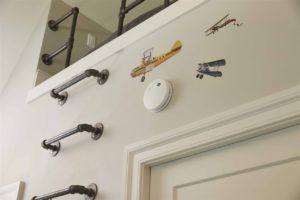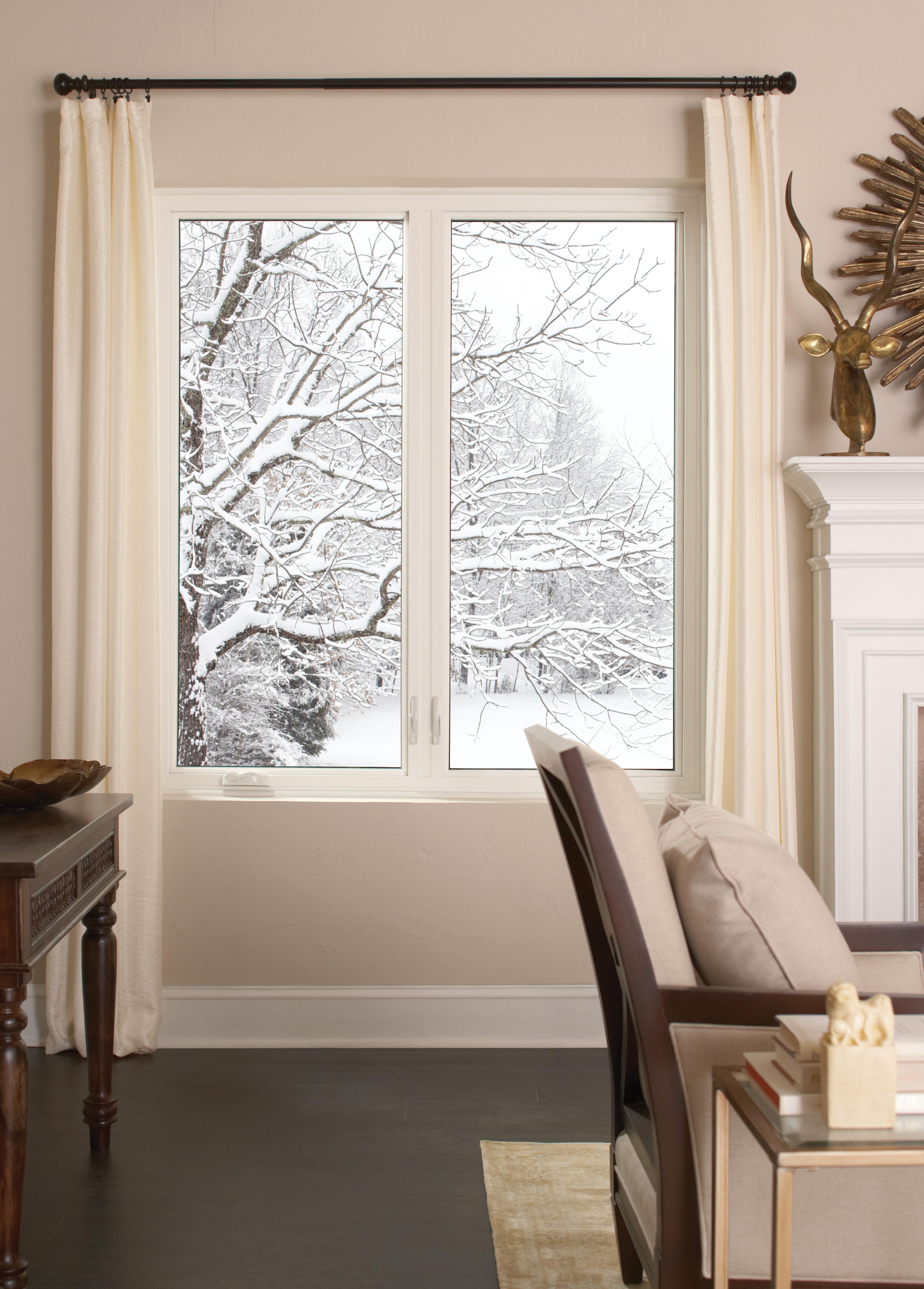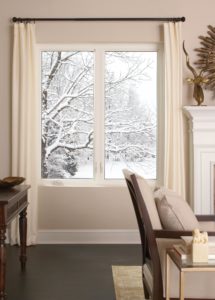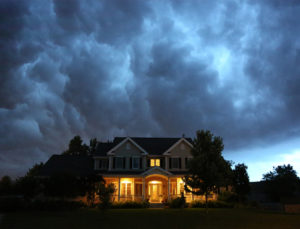 (BPT) – Although most people envision their dream home with shiny wood floors, many consumers are unaware of the best way to care for them, according to a 2017 survey conducted by the National Wood Flooring Association.
(BPT) – Although most people envision their dream home with shiny wood floors, many consumers are unaware of the best way to care for them, according to a 2017 survey conducted by the National Wood Flooring Association.
“Not surprisingly, many homeowners are unsure of the best way to effectively and quickly clean hardwood floors. Some believe mopping with a bucket of water and a cleaning solution is best while others occasionally sweep or vacuum. Many cleaning methods can hurt rather than help a floor, for example, even a ‘damp’ string mop can leave excess water on a hardwood floor, and we know that water and wood don’t mix,” said Bona U.S. Director of Marketing Cate Vanegas.
The key findings in the online survey, conducted in October 2017 by Public Opinion Strategies, found that just 24 percent of consumers answered “sweeping” as the correct way to clean wood floors. This answer was closely followed by 19 percent who believe using a soap- or oil-based cleaner is best, and 12 percent who believe using water and vinegar is the best solution.
Just in time to open the doors and windows and welcome in spring, Bona has introduced its Premium Spray Mop for Hardwood Floors with a larger mop head for faster cleaning, and a full-size cleaning cartridge of cleaner. The new pressurized cartridge dispenses the perfect amount of solution designed to care for and sustain hardwood floors.
Lifestyle and design blogger Jennifer Rizzo (jenniferrizzo.com) recently refinished her wood floors, and notes the simplicity firsthand: “After all the dust bunnies are cleared away, I use a Bona spray mop to clean my floors. It’s odorless, non-toxic and doesn’t leave any residue. It also leaves my floors looking beautiful.”
With an estimated 25 million homes in the U.S. with wood floors, understanding how to clean them is essential to maintain and protect the investment. Try the following tips to keep your hardwood floors looking beautiful.
Regularly: Dust/Sweep
While using a broom can be effective, it also just pushes the dirt around, so using a microfiber mop or cloth is the best daily defense against scratches and surface damage.
Often: Dust and Mop
After a quick spin around the floor to grab dust, use a microfiber pad mop and residue-free, neutral cleaner. Look for third-party certified cleaners that will be healthier for your floors and your family.
As Needed
When scratches pop up or the finish looks dull, consider a recoat or refinish to keep floors durable and beautiful. Ask an outside contractor for a water-based finish and dust containment system to ensure the job is VOC and toxin free.
Things to Avoid
Water and vinegar, soap-based cleaners, wax or steam cleaners. Vinegar (remember, it’s an acid) and water will damage and dull the floor’s finish, while soap and wax leave residue. Steam cleaners put heat and excessive water on the floor, which can lead to cupping and long-term damage.
Want more cleaning tips? Visit Bona’s Wood Floors 101 tutorials.








